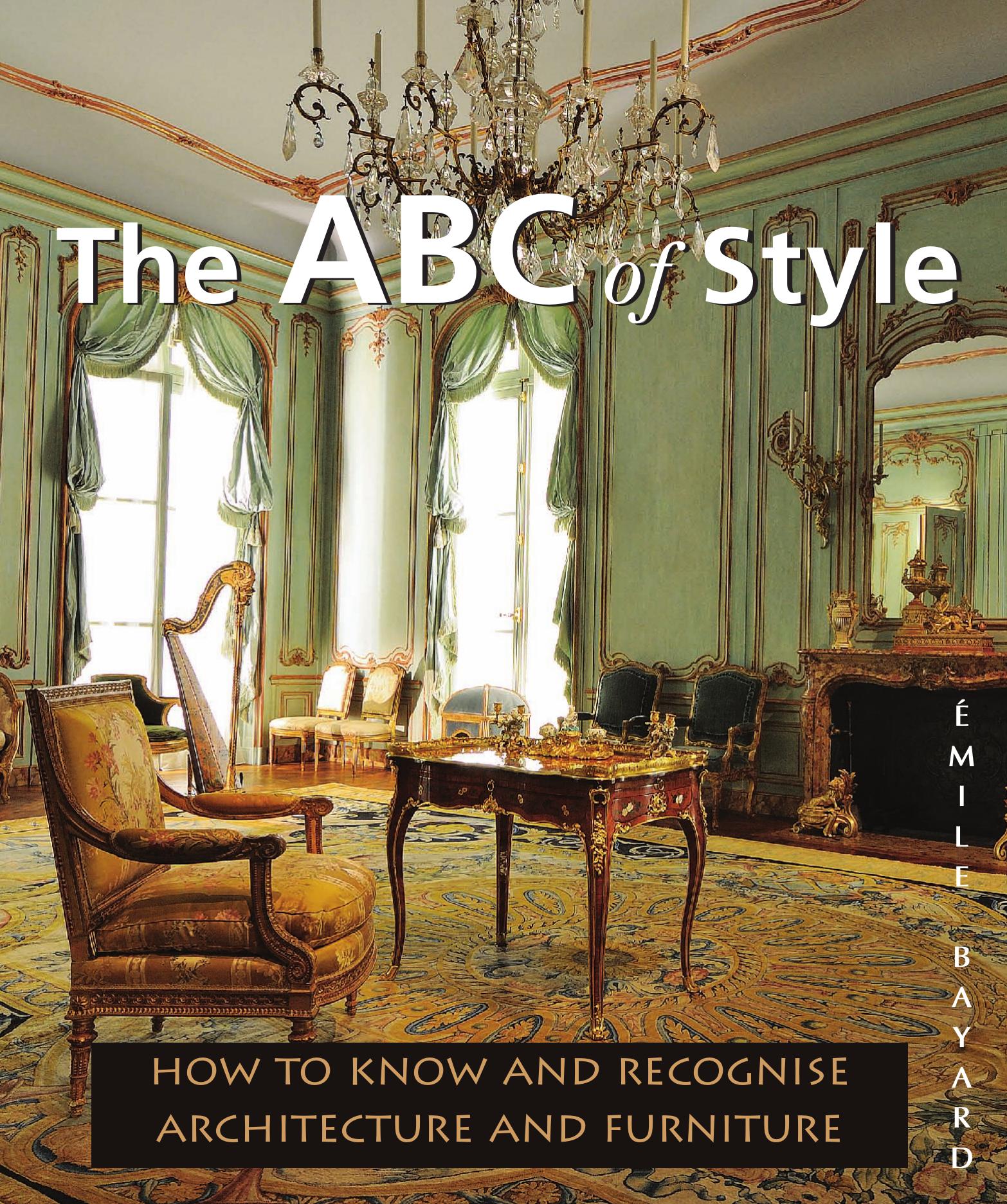The ABC of Style by Émile Bayard

Author:Émile Bayard [Bayard, Émile]
Language: eng
Format: epub, pdf
Tags: Design, Decorative Arts, Art, Subjects & Themes, General, Furniture, Architecture, Interior Design, History, Romanticism
ISBN: 9781783107896
Google: QnalCgAAQBAJ
Barnesnoble:
Publisher: Parkstone International
Published: 2015-09-15T00:00:00+00:00
We have already discussed the Le Notre gardens, and we are going to address them again now because their distribution and layout are also typical. The ambassador Tallemant des Reaux said that all trees obeyed his majesty. In this case, they are also forced into submission by ruthless sheers, levelling out their tops and shaping their branches into archways. Yews, thuja and cypress trees are rounded into balls, imitate vases and baskets, while flower beds lined with lawn, circled with boxwood trees, form uniquely whimsical symmetrical curves, criss-crossed by paths and cut through by scrupulously aligned avenues. This domestication of nature is inherent to power, and, one must admit, perfectly accompanies the regularity of an architecture that represses all joy, that is barely condescending. And it is not just the trees that are subjugated. Yet again, water is channelled and forced to spurt in jets and spouts at desired locations; here its gentle gushing alternates with violent wailing, dominated by the whims of statues placed on the edges of basins, a waterfall barely able to waver a large silver ribbon, rising from a rock bearing a trident brandishing Neptune. And the jets cross over each other, escaping from the mouths of naiads and tritons, from dolphins’ snouts, mixing their pulverised crystal in rain or allowing a thin sliver of water slip out, bent to fit human will in each and every case. The Palace of Versailles, built by J. Hardouin-Mansard, is the most characteristic and personnel model we could choose to represent the Louis XIV period[10]. The building is enlightening inside and out, and the garden path, lined with white statues and featuring an orange grove and zoo, consolidate the impression of a loft, cold spectacle and an unforgettably heavy correction. On that note, let’s return to monumental architecture, which had just witnessed the triumph of Claude Perrault over the Italian Le Bernin, called to France by Louis XIV. Le Bernin, regarded at the time as the century’s greatest artist, could not fail to be commissioned by the Sun King. However, his proposal for the completion of the Louvre was defeated by our compatriot’s, despite the importance of this project in Louis XIV’s eyes[11] because of its “enormity”. This frenzy for enormity pursued the demi-God. It was the brilliance of the time, the facts that illustrate, and that fill the thoughts of the architects, and other artists, called upon to consecrate in everlasting memory the victories, the prowess of the France’s reign and admiration. Should art not erect victory arches to the victorious king, just as Rome had?
This was how the Arc de Triomphe du Trône was born (destroyed under the Regency), following the plans by Claude Perrault who won a competition over Le Brun. Upon his death, triumphal gates were also erected in his memory to honour Louis XIV: the gates of Saint-Antoine, Saint-Bernard, Saint-Martin and Saint-Denis (the latter built by François Blondel, one of the best architects of the time), were among them. Louis XIV was also interested in practicality.
Download
This site does not store any files on its server. We only index and link to content provided by other sites. Please contact the content providers to delete copyright contents if any and email us, we'll remove relevant links or contents immediately.
| Decorating | Decoration & Ornament |
| Feng Shui | Floors |
| Interior Decorating | Lighting |
| Painting & Wallpapering | Professional Reference |
| Style | Upholstery & Fabrics |
| Windows |
The Body: A Guide for Occupants by Bill Bryson(4974)
Audition by Ryu Murakami(4850)
Adulting by Kelly Williams Brown(4487)
Housekeeping by Marilynne Robinson(4347)
Be in a Treehouse by Pete Nelson(3948)
Zero Waste Home by Bea Johnson(3780)
Seriously... I'm Kidding by Ellen DeGeneres(3577)
Better Homes and Gardens New Cookbook by Better Homes & Gardens(3525)
The Healing Self by Deepak Chopra(3474)
Barkskins by Annie Proulx(3313)
Hedgerow by John Wright(3276)
The Cellar by Natasha Preston(3262)
Spark Joy by Marie Kondo(3249)
The Genius of Japanese Carpentry by Azby Brown(3224)
The Life-Changing Magic Of Tidying Up- The Japanese Art Of Decluttering And Organizing (v5.0) by Marie Kondo(3213)
120 Days of Sodom by Marquis de Sade(3182)
Work Clean by Dan Charnas(3050)
The Book of Numbers by Peter Bentley(2912)
A Monk's Guide to a Clean House and Mind by Shoukei Matsumoto(2868)
